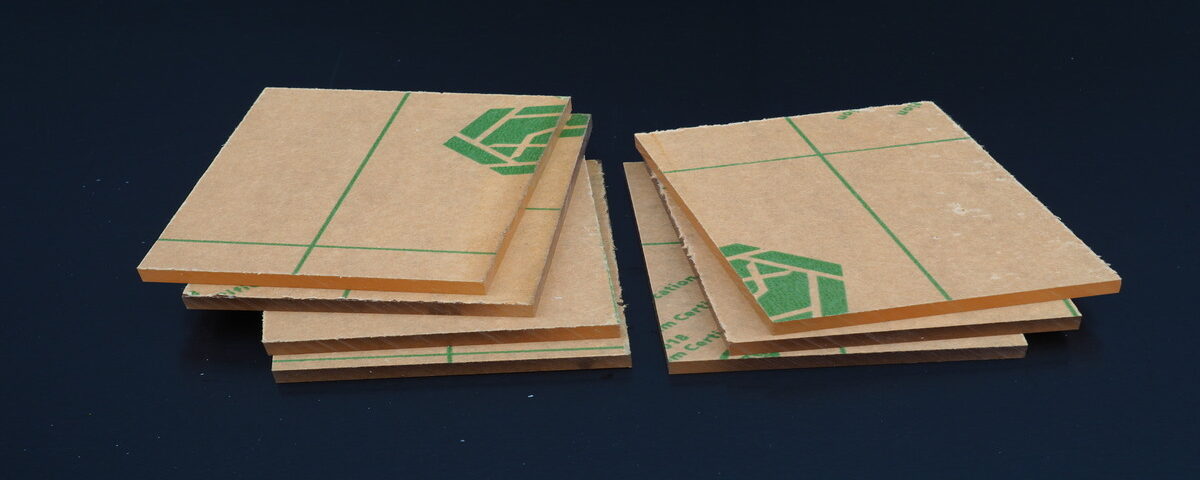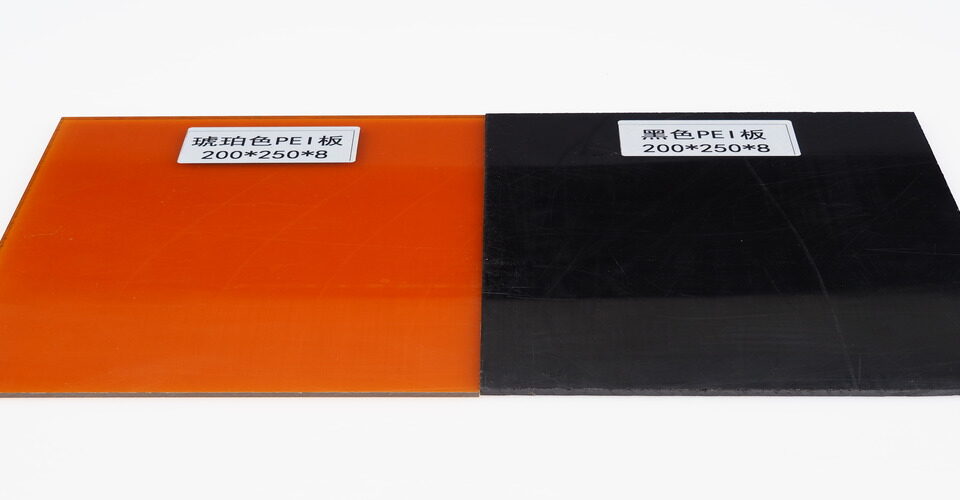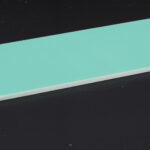
What is FR Grade Material?
January 3, 2025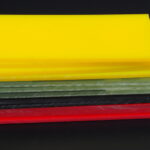
What is PU sheets?
January 6, 2025Acrylic plastic, also known as PMMA (Polymethyl Methacrylate), is a widely used synthetic polymer that is valued for its versatility and optical clarity. One of its most notable features is its ability to be highly transparent, making it a popular alternative to glass in various applications.
Optical Clarity
Yes, acrylic plastic can be transparent. It has a high light transmission rate, typically around 92%, which is higher than most other plastics and even glass. This makes it an excellent choice for applications where clarity is important, such as windows, displays, and optical lenses. Acrylic’s transparency allows for clear visibility and is often used in areas where glass is too fragile or heavy.
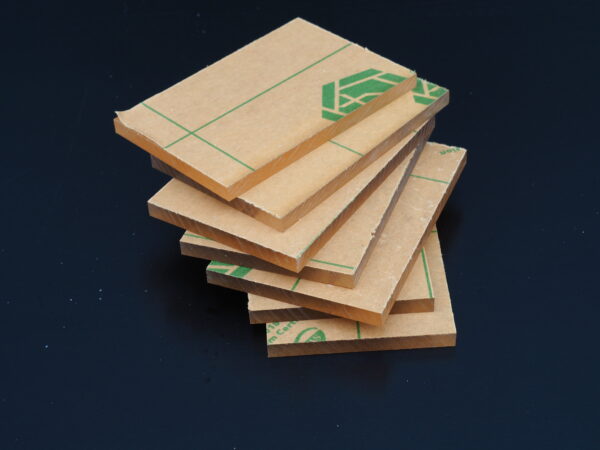
Durability
Acrylic is not only transparent but also more impact-resistant than glass, making it ideal for use in environments where strength and clarity are needed. It is also lighter than glass, which further contributes to its popularity in a variety of applications.
Surface Treatments
To maintain its transparency, acrylic may undergo surface treatments like polishing, coating, or UV protection. These treatments help enhance its clarity, prevent yellowing, and increase its durability over time, particularly when exposed to outdoor conditions.
Applications
Due to its transparency, acrylic is commonly used in a wide range of applications such as signage, aquariums, protective barriers, and displays. It is also used in the automotive and medical industries for clear covers and lenses.
Conclusion
In conclusion, acrylic plastic is indeed transparent and is widely appreciated for its optical clarity, impact resistance, and versatility across various industries.


